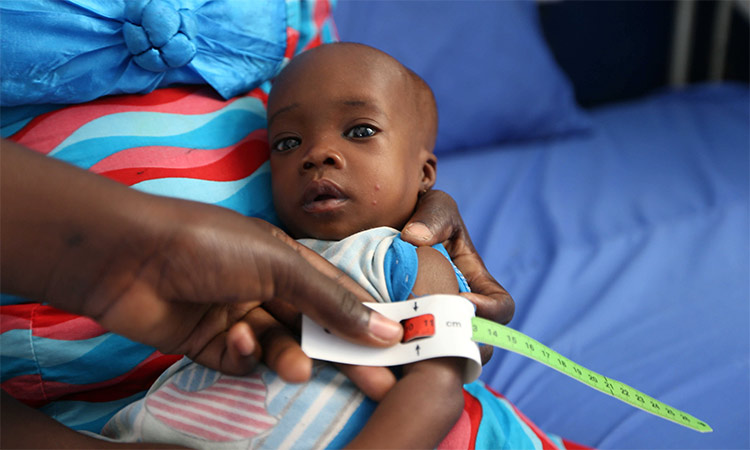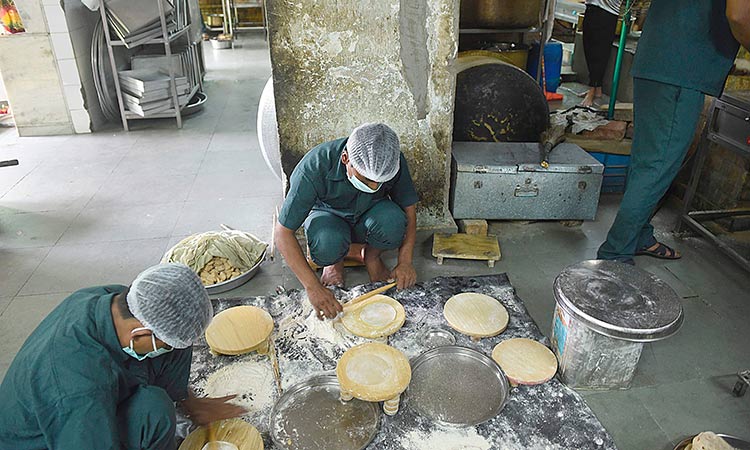Tackling hunger in India in a sustainable way

Meena Janardhan
Writer/Editor/Consultant. She has over 25 years of experience in the fields of environmental journalism and publishing.

India needs a comprehensive strategy to deal with the growing problem of hunger in its remote regions.
India is a leading country in having established a comprehensive legal and institutional system to realise the objectives of the Convention on Biological Diversity (CBD). The third objective of the Convention – access to genetic resources and fair, equitable sharing of benefits – is being implemented in India through its Biological Diversity Act (2002) and Rules (2004).
A UNEP press release highlights one such project in India that works towards this objective. It was implemented by India’s National Biodiversity Authority and supported by UNEP through funding by the Global Environment Facility. The project has helped to achieve this through improved biodiversity utilization for improved rural livelihoods.
Titled ‘Strengthening the Implementation of the Biological Diversity Act and Rules with a Focus on its Access and Benefit Sharing Provisions’, the project aimed to improve access to biological resources, assess their economic value and better share their benefits among local people. It covered 10 of the country’s 29 states: Andhra Pradesh, Gujarat, Himachal Pradesh, Sikkim, West Bengal, Goa, Karnataka, Odisha, Telangana, and Tripura. The project ran from 2011 to September 2019.
At the same time, the study points out that this process will help national and state-level decision makers to prioritize conservation action through, for example, the application of appropriate economic instruments (taxes, fees or royalties), the estimation of costs due to resources’ depletion, the need for restoration or conservation efforts, as well as the collectors’ willingness to accept sustainable harvesting standards and support benefit generation through local livelihoods.
So far, the project has established 315 biodiversity management committees to validate the data held in 140 people biodiversity registers – on flora, fauna and traditional knowledge. To help build local knowledge, the project also trained 25 young botanists in each state.
According to UNEP experts who worked on the project, it assessed and quantified the economic value of tradable bioresources at local, state and national levels to determine potential for benefit sharing. The project was very successful in enabling many consultations between ayurvedic drug manufacturing agencies, academics, private research laboratories and bioresource-based industries—including on some very innovative potential uses of bioresources.
Many people may not know that India has significant global hotspots of biodiversity. Sikkim, for instance, has 422 species of birds and 697 species of butterflies, 4,500 species of flowering plants, 362 species of ferns and fern allies, and a rich diversity of orchids.
The National Biodiversity Authority is recognised globally for its pioneering work to implement the Convention and fully operationalise the access and benefit-sharing provisions, among others through a national network of Biodiversity Management Committees, alongside the establishment of People Biodiversity Registers.
Biodiversity Management Committees are local level, statutory bodies, based on the 2002 Act, and require the selection and involvement of at least two women members through a democratic selection process, and are vested with enormous responsibilities. The Committees lead local processes of reaching consent in accessing bioresources by the proposed users (including researchers, private companies, and governments). This encourages sustainable use and documentation of available resources through people’s biodiversity registers, as well as through the decision-making process for the conservation and sustainable use of biological resources.
Signed by 150 government leaders at the 1992 Rio Earth Summit, the Convention on Biological Diversity is dedicated to promoting sustainable development. Conceived as a practical tool for translating the principles of Agenda 21 into reality, the Convention recognises that biological diversity is about more than plants, animals and micro-organisms and their ecosystems—it is about people and our need for food security, medicines, fresh air and water, shelter, and a clean and healthy environment in which to live.
Under the Convention for Biological Diversity, each country adopts national biodiversity strategies and action plans. Countries also subscribe to global strategies and frameworks (currently the Strategic Plan for Biodiversity 2011-2020, which includes the Aichi Biodiversity Targets). The Convention requires countries to provide national reports every four years to provide an update on progress with their national plans and their contribution to global targets.







